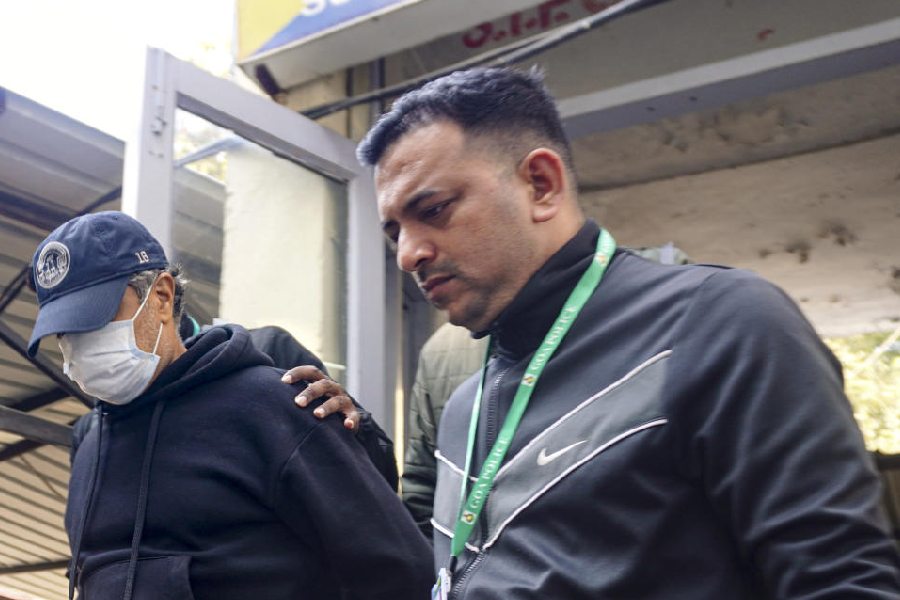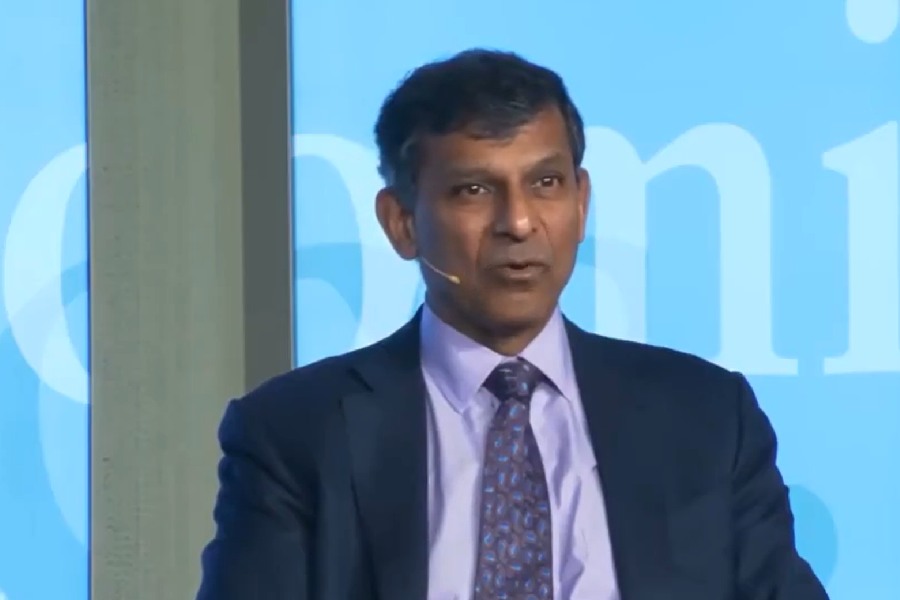The Calcutta Municipal Corporation will pull down dilapidated buildings that are likely to crumble and build temporary structures in their place to accommodate occupants.
The corporation will soon start reviewing buildings already listed as “dangerous” and identify the worst among them, mayor Firhad Hakim said on Saturday.
More than 2,500 buildings in the city, most of them in central and north Calcutta, have been identified by the corporation as “dangerous”.
“We will start a review of buildings already identified as ‘dangerous’,” Hakim said on Saturday. “Ami borough te bolechhi immediate survey kora hok sei shob bari jegulor ekebare dilapidated condition, je kono somoy bhenge porte pare. Manusher jibon songshoy hote pare (I have asked for an immediate survey of such buildings in each borough, the ones that can collapse any time and lead to loss of human lives).”
The mayor has sought a report on the buildings within seven days, after which the owners will be asked to pull down the structures. The names of the tenants will be included in the corporation assessment records and no new building plan will be approved for the plot unless all tenants are accommodated, he said.
“There are many houses where people continue to live despite the corporation serving them notices. The tenants usually fear that if they leave the property they would lose their right as a tenant. But we would ensure they do not lose out on their rights,” Hakim said.
The corporation would also build “temporary structures” for people who do not have any other place to stay.
Civic engineers were not sure whether it would be possible to ascertain which dilapidated building is in a more hazardous condition.
But a teacher of construction engineering said “a detailed visual inspection” could reveal “the gravity of distress of a building”.
“There are some signs such as settlement of the foundation, major cracks on load-bearing walls and cracks in the joint of floor and wall that can tell the gravity of distress of a building,” said Gokul Mondal, an associate professor of construction engineering at Jadavpur University. A major crack in the centre of the arch in old brick buildings is another sign of severe distress, he said.
Mondal, however, added that a conclusion could be drawn only after further investigations with the help of instruments.
A detailed visual inspection of two buildings of moderate size could be carried out in a day, Mondal said.
With over 2,500 “dangerous” buildings in the city, the corporation’s building department would need to form dedicated teams in each borough to carry out the study, said an engineer. But even such a team may fail to complete the study this monsoon, the season when old buildings tend to collapse.
Civic officials were also not sure whether it would be possible to convince the building owners about demolition of the structure.
“Who would certify that a tenant lived in the building? We would need valid documents for that and it would be a time-consuming process,” an official said.










